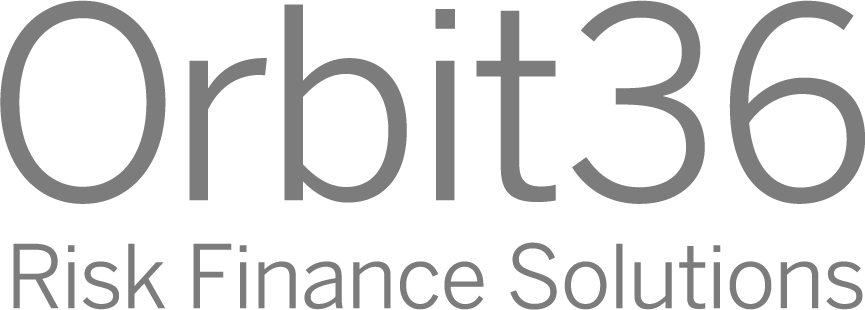How fit are you on company valuation?

Valuations play an important role in M&A transactions and the annual testing of goodwill after an acquisition. Particularly for banks, valuations can be challenging. Senior executives and board members should understand the key principles of valuation and the factors driving the value of a bank if they want to play an active role in the upcoming consolidation of the industry.
In a nutshell, the value of a firm equals the present value of the future cash flows using a risk-adjusted discount rate. Nothing precludes the use of common valuation methods like Discounted-Cash Flow (DCF) also for banks. However, given the importance of the interest-margin business, valuation methods have often to be adapted to the specifics of the banking industry.
The widely used DCF-Model requires free cash flows as inputs and WACC (Weighted Average Cost of Capital) as discount rate. For banks it does, however, not make sense to pull apart interest income and interest expenses. In addition, non-cash effective items like depreciation, amortization and impairment are often not very significant. Therefore, Profit before Tax is often used as a reasonable approximation of the cash flows attributable to shareholders. Since this cash flow definition is already net of interest expenses, the Cost of Equity needs to be used as appropriate discount rate. Further, it is important to ensure that the future cash flows are at least theoretically distributable. This means, that the projected future cash flows should be adjusted for the incremental equity capital needed.
If valuations are done in an M&A context, it is important that the discount rate appropriately reflects the risk of the acquisition target. Simply using the cost of capital of the acquiring firm may result in overpaying the acquisition. Particularly, when acquiring banks in emerging markets, attention needs to be given to the currency origin of the budgeted cash flows, the underlying inflation expectations and the interest and exchange rates, which are used to discount and to convert the projected future cash flows into the acquirer’s home currency.
Acquisitions often lead to goodwill on the consolidated balance sheet of the acquirer. It is therefore advisable to consider in advance how this goodwill will be tested for impairment in the years following the acquisition. IAS 36 requires goodwill to be tested at least annually, or if indicators for impairment exist. Firms should use the higher of the value-in use (based on DCF-valuation) or fair value less cost to sell (based on market/transaction prices). Since IAS 36 is tailored to non-financial firms, it is for banks often necessary to adapt the impairment test methodology to the specifics of the banking industry. Notably, a potential impairment of goodwill has only an impact on P&L and shareholder’s equity, but not the regulatory capital of a bank.
If you are interested to learn more on this topic, please join our next Orbit36 Connect Online Event on 23 March 2021, 13.00-13:45 CET.
Valuation methods for impairment testing and M&A in banks
